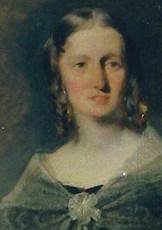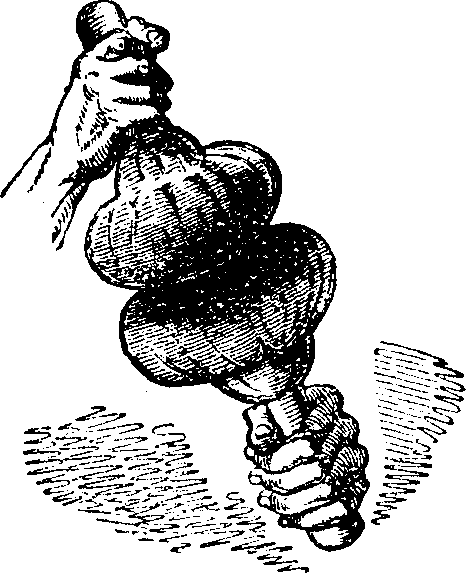Printing
When Edward Lloyd started his working life in 1829, printing was advancing more rapidly than it had for four centuries. It is no surprise that it caught his imagination at the London Mechanics’ Institute.
Gutenberg, a goldsmith, introduced a lead alloy for casting type. In a wine-type press, the type was laid out as the printing surface in a flat bed, it was then inked, a sheet of paper was laid on it and a board (platen) was lowered by means of the screw to press the paper to the type. There is a limit in the force that can be applied in this manner and this in turn limits the size of a sheet that can be printed.
Charles Stanhope
Lord Stanhope, a scientist as well as a statesman, built the first press to be made entirely of metal in 1800. It gave the operator more control and accuracy and is said to have saved 90% of the force needed to move a wooden press. This allowed bigger sheets to be printed and with two workmen some 250 sheets per hour could be printed.
 |
| The Stahope iron Press |
Cylinder Press
Cylinders had been in use for printing fabric since the 17th century, usually with two cylinders operating like a mangle. Patents were filed from 1662 onwards, and possibly as early as 1634 if that was what a “pressinge or printinge engine with wheels & rolls after his peculiar manner” meant. A patent filed in 1764 incorporated the turning of an engraved copper cylinder by horse, water or wind power.
Friedrich Koenig’s use of a cylinder in 1811 was the novelty that set development of the rotary press in motion, as pressing the paper on to type at the point of contact with a cylinder needs only a fraction of the force that pressing the entire surface at the same time calls for. His machine could make 1200 impression per hour using one skilled operator and two unskilled ‘boys’ to feed and take off the paper.
Inking
Donkin and Bacon’ invention of composition rollers fed by an ink duct in 1813 allowed automated inking of the type replacing manual application using leather balls.Stereotype
A stereotype created a single metal plate from a forme of hand-set moveable type. A plaster mould was made and filled with lead to make a plate identical to the type. An Edinburgh goldsmith, William Ged, developed a stereotype in 1725. His typesetters, feeling threatened, smashed all his moulds and plates, and left him a pauper. The concept was developed from 1784 onwards and improved by Stanhope. It not only allowed a forme of type to be saved and used again but enabled duplicates to be made which meant that the throughput of the presses could be doubled by having multiple sets of identical plates in use on multiple presses.
Rotary Press
In addition to the spinning cylinder, the features needed to develop a modern rotary press were the stereotype plate, metal construction, steam power, continuous reels of paper (“web”) and printing on both sides of the paper (“perfecting”).
In Britain, web printing from continuous reels of paper was delayed by a wholly extraneous factor: there was a duty on paper which was levied on sheets. For that reason, sheet-feeding had to prevail until 1861 when the duty was abolished.
Book-printing from a continuous reel was conceived in the 18th century and in use as early as 1819. In the US, the first newspaper to use web printing was the South-Western Sentinel in 1840. The need for damp paper held up web development in the early days, but this was overcome by running the paper past a roller laden with wet felt or directing a fine spray of water at it.
 |
| A paper wetting machine |
Perfecting Machines
Two-sided printing — perfecting — was introduced from 1814. Koenig enabled a single sheet of paper to be printed sequentially on both sides. It printed 1,000 sheets an hour on both sides for The Times. In the US, James Trench patented a machine for two-sided book printing from a continuous reel using two cylinders in 1837. In 1839, it is said, he was printing two common Bibles in a minute.
 |
| The Napier perfecting machine |
There was a problem, however, in that printing the second side tended to smudge the printing on the first side and it was some time before this problem was overcome.


